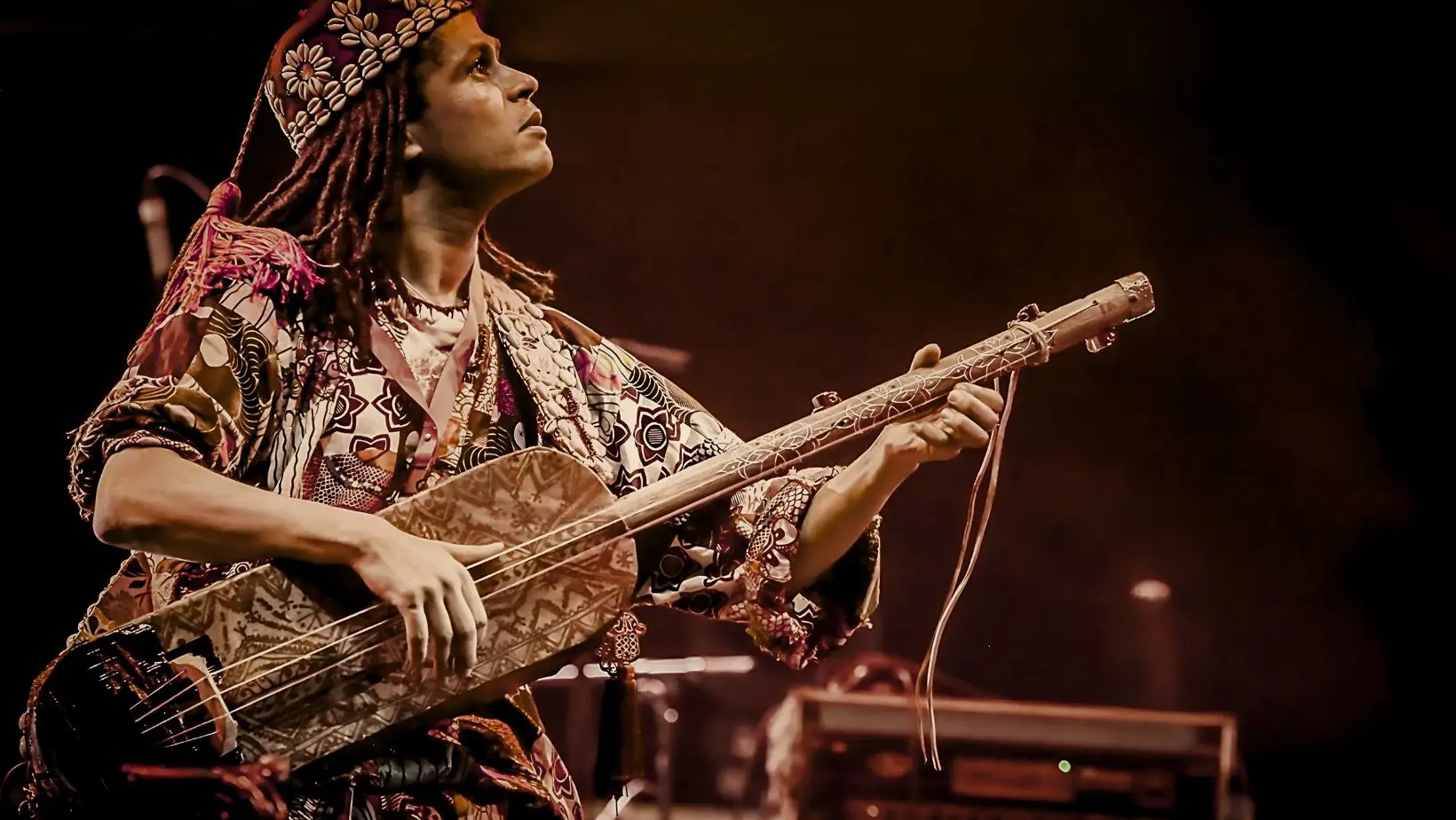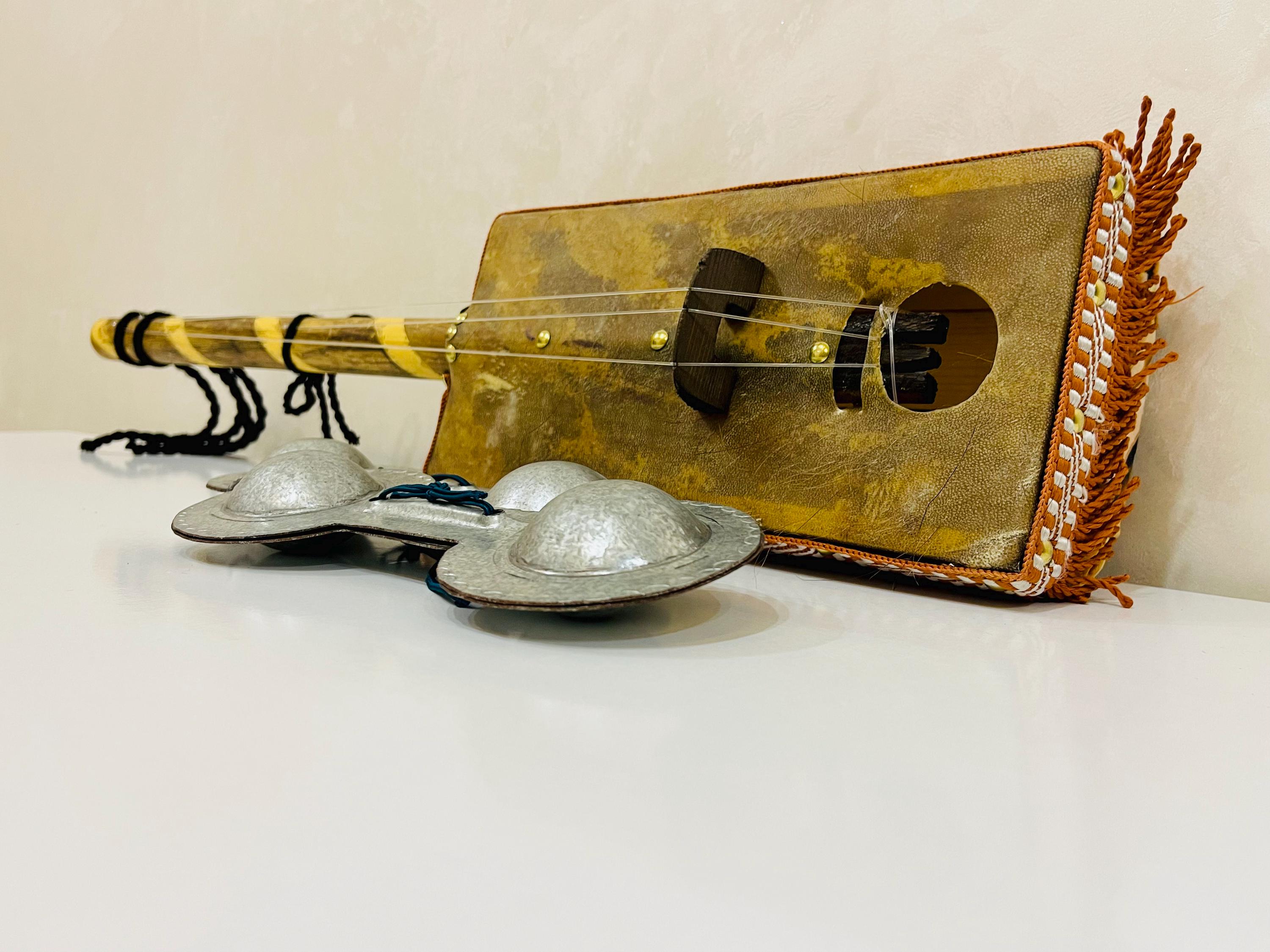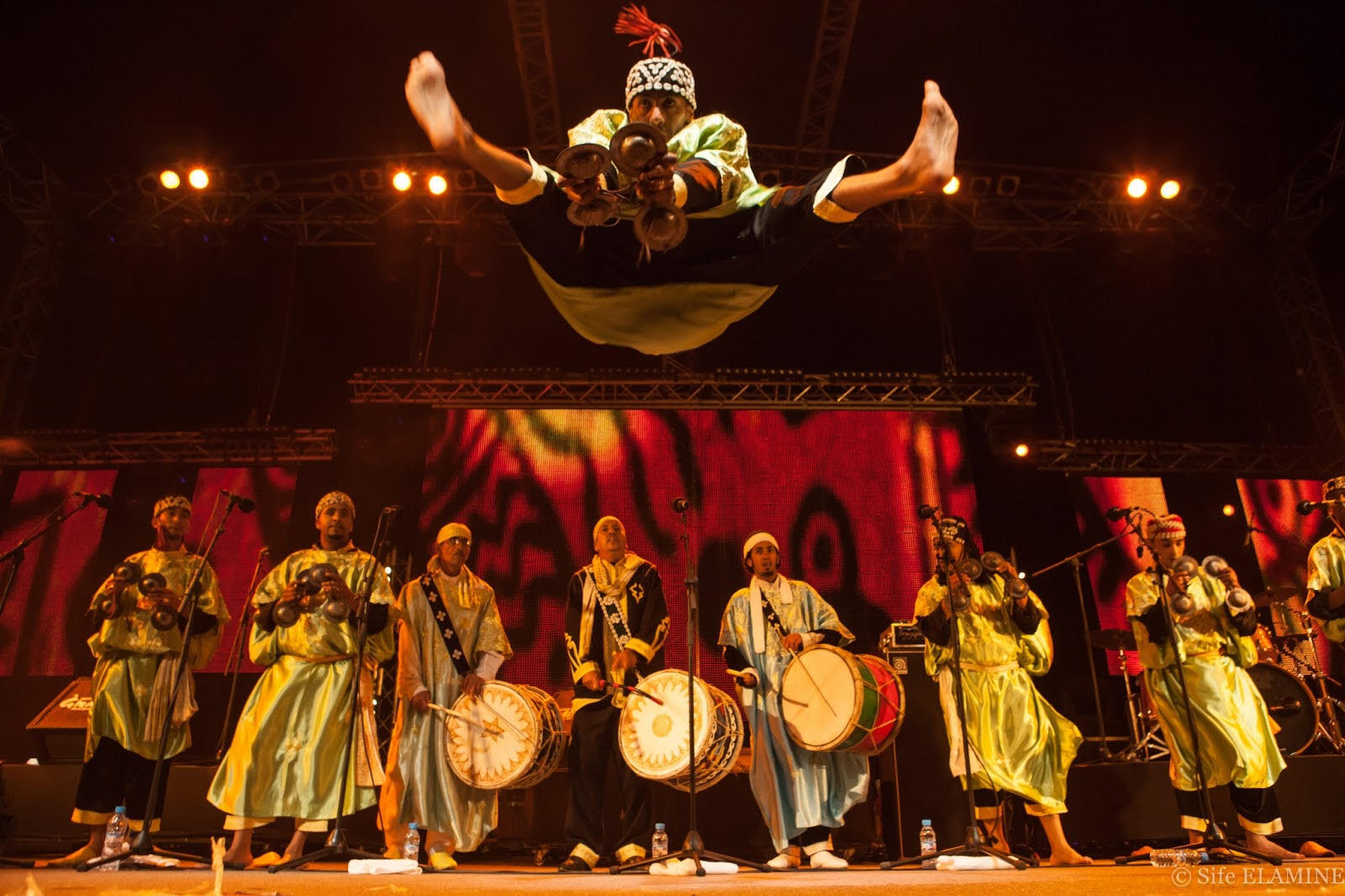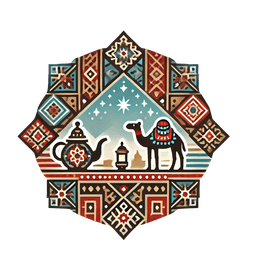- Published on
The Soulful Rhythm of Gnawa Music in Morocco
- Authors

- Name
- Adil ABBADI
Introduction
Gnawa music is more than just a musical genre—it is a deep spiritual tradition rooted in the African and Berber heritage of Morocco. Known for its hypnotic rhythms, soulful chants, and healing rituals, Gnawa music has become a symbol of cultural fusion, bringing together influences from across Africa and the Arab world. This music is not only an art form but also a spiritual practice, celebrated for its ability to heal and connect communities.
- What is Gnawa Music?
- A Brief History of Gnawa Music
- Instruments of Gnawa Music
- The Spiritual Side of Gnawa
- Gnawa in Contemporary Culture
- Conclusion
- Experience the Magic of Gnawa
What is Gnawa Music?
Gnawa is a style of spiritual music originally practiced by descendants of enslaved people brought to Morocco from Sub-Saharan Africa. It is characterized by the use of traditional instruments like the guembri (a three-stringed bass lute) and qraqeb (large iron castanets), accompanied by rhythmic chanting and clapping. The music is often performed as part of lila ceremonies—ritual gatherings meant to invoke spiritual healing and connection with ancestors.
Gnawa music is both a form of worship and a communal experience, with its trance-like rhythms creating an atmosphere of spirituality and cultural unity.

A Brief History of Gnawa Music
Gnawa music traces its origins to West Africa, particularly from regions in present-day Mali, Senegal, and Guinea. Brought to Morocco by enslaved Africans in the 16th century, the music evolved as these communities mixed with Berber and Arab cultures. Over time, Gnawa music became an essential part of Moroccan spiritual life, especially in cities like Essaouira and Marrakech, where it continues to be a key feature of cultural festivals and rituals.
Although its roots are in the marginalized communities of Morocco, Gnawa music has transcended boundaries and has been embraced by artists globally, including collaborations with jazz and world music performers.
Instruments of Gnawa Music
The distinctive sound of Gnawa music is largely due to the traditional instruments used by the musicians, who are known as maâlems (master musicians). The primary instruments include:
- Guembri: A three-stringed, skin-covered bass lute, often seen as the heart of Gnawa music. It provides the deep, resonant bass line that drives the rhythm.
- Qraqeb: Metal castanets that produce a sharp, clattering sound, used to maintain a steady beat and add texture to the music.
- Tbel: A large drum that adds depth and variation to the rhythm, often played alongside the guembri to create a powerful soundscape.
Each of these instruments plays a crucial role in creating the unique, layered sound of Gnawa music.

The Spiritual Side of Gnawa
Gnawa music is deeply intertwined with spiritual practices, particularly Sufism—a mystical branch of Islam. Gnawa ceremonies, known as lilas, are performed to purify the soul, heal physical and psychological ailments, and invoke spiritual entities called mlouk. These rituals often last all night, with music, dancing, and chants guiding participants into a trance-like state of spiritual elevation.
Key elements of a lila ceremony include:
- Call-and-response chants: These are led by the maâlem, with the audience or fellow musicians responding in unison.
- Trance dance: Participants often enter a trance-like state, moving rhythmically to the beat of the music as a form of spiritual connection.
- Invocation of spirits: Specific rhythms and chants are used to call upon different spirits, each associated with particular colors and emotions.
Gnawa music is thus not only a musical experience but also a form of healing and meditation for both the musicians and the audience.
Gnawa in Contemporary Culture
In recent years, Gnawa music has gained recognition far beyond Morocco’s borders. The annual Gnaoua World Music Festival in Essaouira has brought international attention to the genre, featuring performances by both traditional Gnawa musicians and contemporary artists who blend jazz, blues, and rock with the Gnawa sound.
Famous musicians like Jimi Hendrix, Led Zeppelin, and Pharoah Sanders have all drawn inspiration from Gnawa music, highlighting its global appeal and versatility. Today, Gnawa is not only performed in Morocco’s streets and festivals but also in concert halls and music venues around the world, making it a key part of the global music scene.

Conclusion
The hypnotic rhythms and soulful melodies of Gnawa music represent a beautiful fusion of Morocco’s diverse cultural heritage. It is a genre that transcends musical boundaries, offering both a spiritual journey and a powerful musical experience. Whether performed in a small Moroccan village or on a global stage, Gnawa continues to captivate audiences with its unique blend of rhythm, culture, and spirituality.
Experience the Magic of Gnawa
If you ever find yourself in Morocco, attending a Gnawa performance—whether in a bustling square in Marrakech or at the renowned Essaouira festival—offers a mesmerizing glimpse into one of the country’s most cherished musical traditions.
